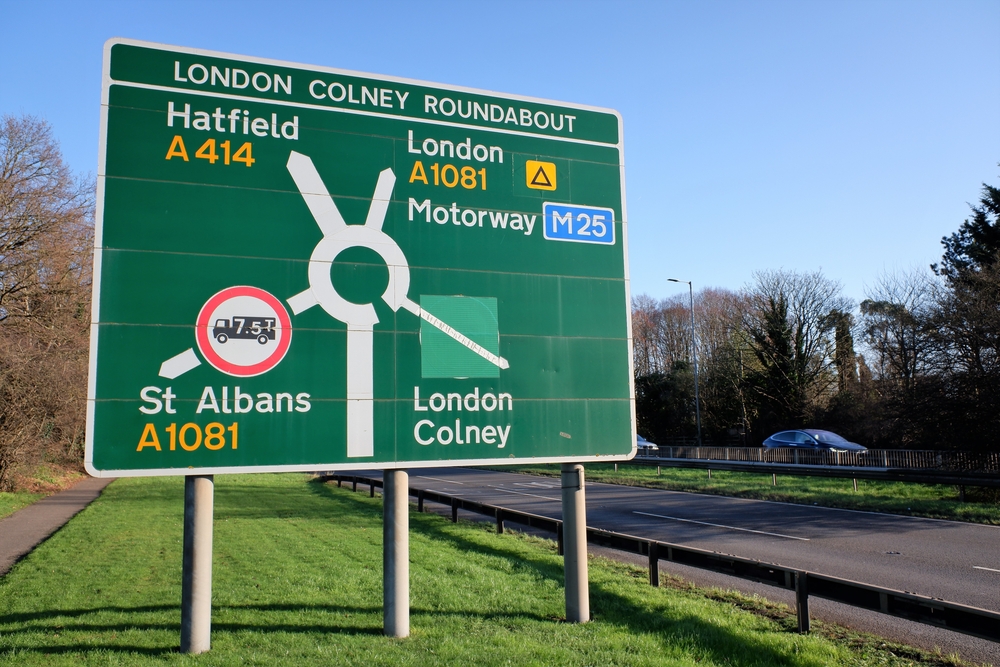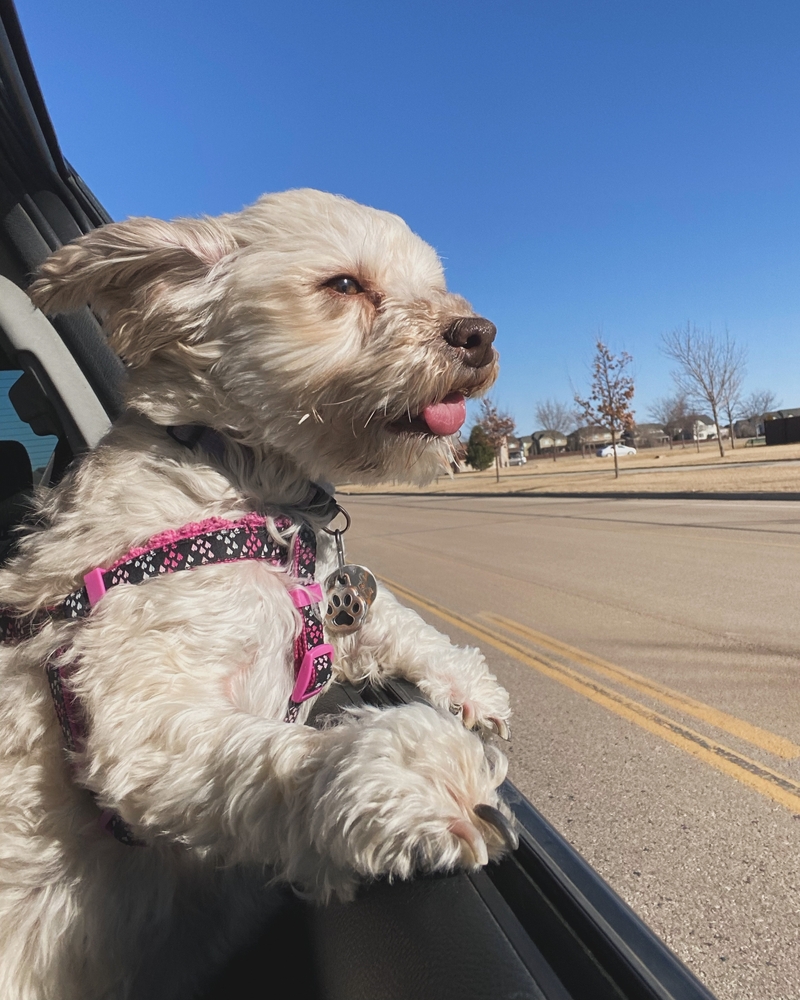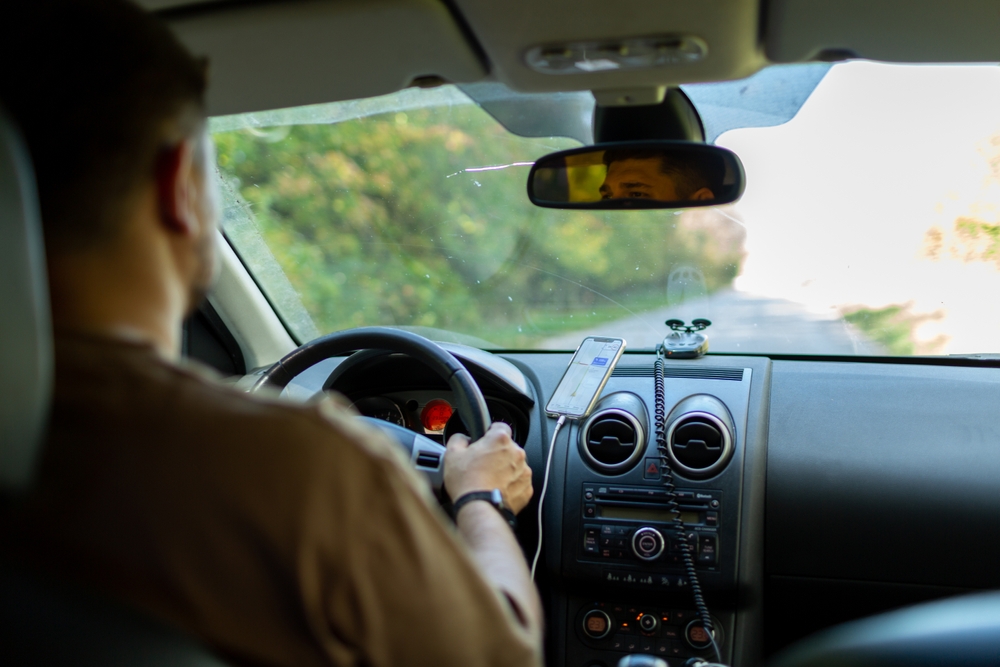Just a short hop from mainland Europe, the UK is a popular destination for motorists from all over the continent. However, this means getting used to a new way of driving and the different rules to follow on the UK road network.
If you’re planning a road trip, we’ve compiled a list of UK driving tips to help non-UK residents confidently and safely navigate our roads.
Why are Driving Tips Important in the UK?
Any UK driving tips are beneficial to motorists, especially when you’re a foreign driver arriving from abroad.
As a non-UK resident, you’ll probably be used to driving on the right-hand side of the road. But in the UK, vehicles drive on the left, and making the switch can feel a little weird. If you’ve brought your own vehicle with you – driving a left-hand drive car on the right may also take some getting used to.
However, learning UK driving laws, including those outlined in the Highway Code, will help you navigate the roads responsibly, reduce the risk of accidents, avoid fines and penalties, and improve your general driving experience.
If you’re planning to drive on UK roads, these essential UK driving tips will help you enjoy hours of trouble-free motoring.
7 Essential UK Driving Tips
Thousands of foreign motorists visit the UK every year. If you’re a non-UK resident, the following information will help you adapt to UK driving conditions and comply with the rules.
1. Get the right vehicle insurance
Whether you’re visiting the UK on a whistlestop tour or a much longer stay, you must be fully insured to drive on UK roads.
In the UK, having valid car insurance is a legal requirement. As a non-UK resident, car insurance for international drivers is essential if:
| ✔ You’re a non-UK resident driving a vehicle in the UK | ✔ You’re visiting the UK for 12 months or more |
| ✔ You’ve brought your own vehicle with you to the UK | ✔ You’re borrowing or renting a car from family or friends in the UK |
| ✔ You’re living abroad but keep a vehicle in the UK | ✔ You’re coming to live in the UK, whether permanently or for work |
If you’re bringing your own vehicle with you, you’ll need adequate import car insurance to legally drive on UK roads. If your current insurance policy won’t cover you for this, you should make alternative arrangements before you travel.
Unless you’ve declared your vehicle off-road with a SORN (Statutory Off-Road Notification), you’ll also need expat car insurance if you’re living abroad with a vehicle in the UK or returning to the UK from abroad. This also covers you if you’re planning to take your UK car to Europe.
You’ll also need a valid motorhome insurance policy if you’re driving a motorhome or campervan to the UK from abroad. As a non-UK resident, the minimum level of cover you’ll need is third-party insurance. This accounts for all types of vehicles, including trailers.

2. Adjust to driving on the left
Most countries in the world drive on the right with left-hand drive cars. Everything flips around in the UK where you drive on the left in a right-hand drive vehicle.
Non-UK residents can have difficulty adjusting to this fundamental change, especially when the vehicle’s controls are also on the opposite side. Some common challenges for foreign drivers include:
| Navigating roundabouts in a clockwise direction | Changing gears with the left hand instead of the right |
| Checking the rear-view mirror on the left | Getting used to the location of the windscreen wipers and controls |
If it’s the first time you’ll be driving in the UK, you may want to get some practice in when the roads are quieter. This helps you adjust to the changes and lets you get used to driving on the left with fewer vehicles and distractions around.
3. Miles per hour, not kilometres per hour
In the UK, speed limits are in miles per hour (mph), not kilometres per hour (kph), which can be confusing for foreign drivers. Not only that, but speed limits change according to the kind of vehicle you’re driving and the type of road.
For example, the national speed limit for cars and motorcycles on a motorway or dual carriageway is 70mph (112kph). However, if you’re towing a caravan or trailer, the speed limit drops to 60mph (96kph).
UK speed limits are designed to be a restriction on the maximum speed you can drive rather than a target. In other words, it’s safer to drive below the speed limit in poor road and weather conditions and limited visibility.
4. Check your mirrors regularly
Visibility can be tricky when driving a left-hand drive vehicle in the UK. That’s because driving on the left will reduce your field of vision, so you’ll need to exercise extra caution to safely navigate our roads.
When overtaking, it’s important to keep a safe distance behind the vehicle in front so that you can see everything that’s ahead of you. Only proceed when you are confident the road is clear, and make sure you indicate early to warn other drivers.
If you’re parking your left-hand drive vehicle or performing other manoeuvres, always double-check your wing mirrors and rear-view mirror before moving off — just so you know the road is clear.
5. Exercise caution at roundabouts
As a non-UK driver, you’re probably used to driving on the right and taking roundabouts in an anticlockwise direction. The opposite applies in the UK where traffic flows clockwise.
If you’re navigating a roundabout for the first time, you must give way to traffic from the right, unless traffic lights and road signs tell you to do otherwise. Also, closely observe any road markings which tell you the lane you should be in, both when approaching and exiting the roundabout.
It’s important to remember that the basic principles of roundabouts are the same – it’s just a matter of adjusting to the UK rules of driving on the left.
6. Pay road tolls and congestion charges
A number of UK roads feature tolls and congestion charges. If you’re a non-UK resident, you’ve probably had a similar experience when driving along France’s autoroutes, Germany’s autobahns and other toll roads.
Like abroad, you’ll ned to pay to use any of the UK’s toll roads. Some of the busiest UK toll roads include:
| £ London Congestion Charge | £ M6 Midlands Expressway |
| £ Ultra Low Emission Zone (ULEZ) | £ Dartford River Crossing |
It’s worth highlighting that not all toll and congestion charges can be paid in cash, and some may require you to pay online. Therefore, if you’re a foreign driver in the UK, be prepared by carrying a valid and accepted bank card along with cash to use as payment. Each toll road will have specific instructions and guidance around payment — so it’s worth bearing in mind beforehand so you don’t get caught out.
7. Learn the Highway Code
As mentioned, the Highway Code is a guide for safe road use in the UK. It contains information about the rules and regulations for all road users including foreign drivers, cyclists and pedestrians.
If you’re a non-UK resident, the Highway Code offers advice and guidance that will help you become accustomed with UK road safety including the dos and don’ts on UK roads. You’ll also find information about everything from vehicle licence requirements, fines and penalties and general vehicle maintenance.

…and 5 UK Driving Tips You Probably Never Knew
Whether you’re a foreign driver visiting the UK or a UK resident, there are a variety of lesser-known driving laws that will probably take you by surprise.
These driving laws may bring a smile to your face, but they’re designed to help you safely navigate UK roads and avoid getting into trouble with the law.
Don’t let your dog hang out the window
There’s nothing cuter than a dog with its head stuck out of the car window and its ears and tongue flapping like mad. However, it’s actually illegal to let dogs put their head outside the car window in the UK under Rule 57 of the Highway Code.
Why? The Highway Code states dogs must be suitably restrained and secure when travelling in a car. This is to avoid driver distraction or injury should you have to stop suddenly or become involved in a road accident.
Don’t drive too slowly
Speed limits are not a target, more of a maximum restriction on how fast you can travel on specific UK roads. While you should always avoid going above the speed limit, you shouldn’t drive too slowly either.
Travelling slightly below the speed limit is fine, particularly in tricky conditions. But driving too cautiously could get you in trouble, as you may become a risk to other drivers or cause an increase in traffic, which could be classed as careless driving under the terms of the Road Traffic Act 1988.
Don’t drive with dirty registration plates
Whether or not your car needs a good clean, you should always check that the registration plates aren’t dirty or unreadable. Police may assume that you’ve purposely obscured your plates, which could land you in hot water with a hefty fine.
The rules on registration plates are contained in the DVLA’s Road Vehicles Regulations 2001. It covers the law on registration plate maintenance to deter offenders and ensure your plates are easy to read both at day and night.
Don’t sleep in your car after consuming alcohol
You’ve had one too many and decide to be responsible and sleep it off in your car. But this could be a major mistake and land you in a heap of legal trouble.
Section 5 of The Road Traffic Act 1988 clearly states that it is illegal to ‘drive or be in charge of a motor vehicle with alcohol concentration above prescribed limit.’ So, if you leave the pub and take a snooze behind the wheel, police may deem you to be ‘in charge’ of your vehicle and prosecute you for being over the UK drink drive limit.
Don’t splash pedestrians
It may be tempting to drive through a massive puddle after a downpour. But doing it with the intention of splashing pedestrians is a definite no-no.
What may seem like a joke to you can actually land you with a fine and points on your driving licence. That’s because purposely splashing others on the street is viewed as ‘careless and inconsiderate driving’ under the rules of the Road Traffic Act 1988.
Find Our UK Driving Tips Helpful? Get Insured as a Non-UK Driver
At Keith Michaels, we have over 10 years of experience in arranging specialist vehicle insurance for international drivers and expats. If you’re a foreign driver visiting the UK, contact us today to find a policy that suits your needs.


